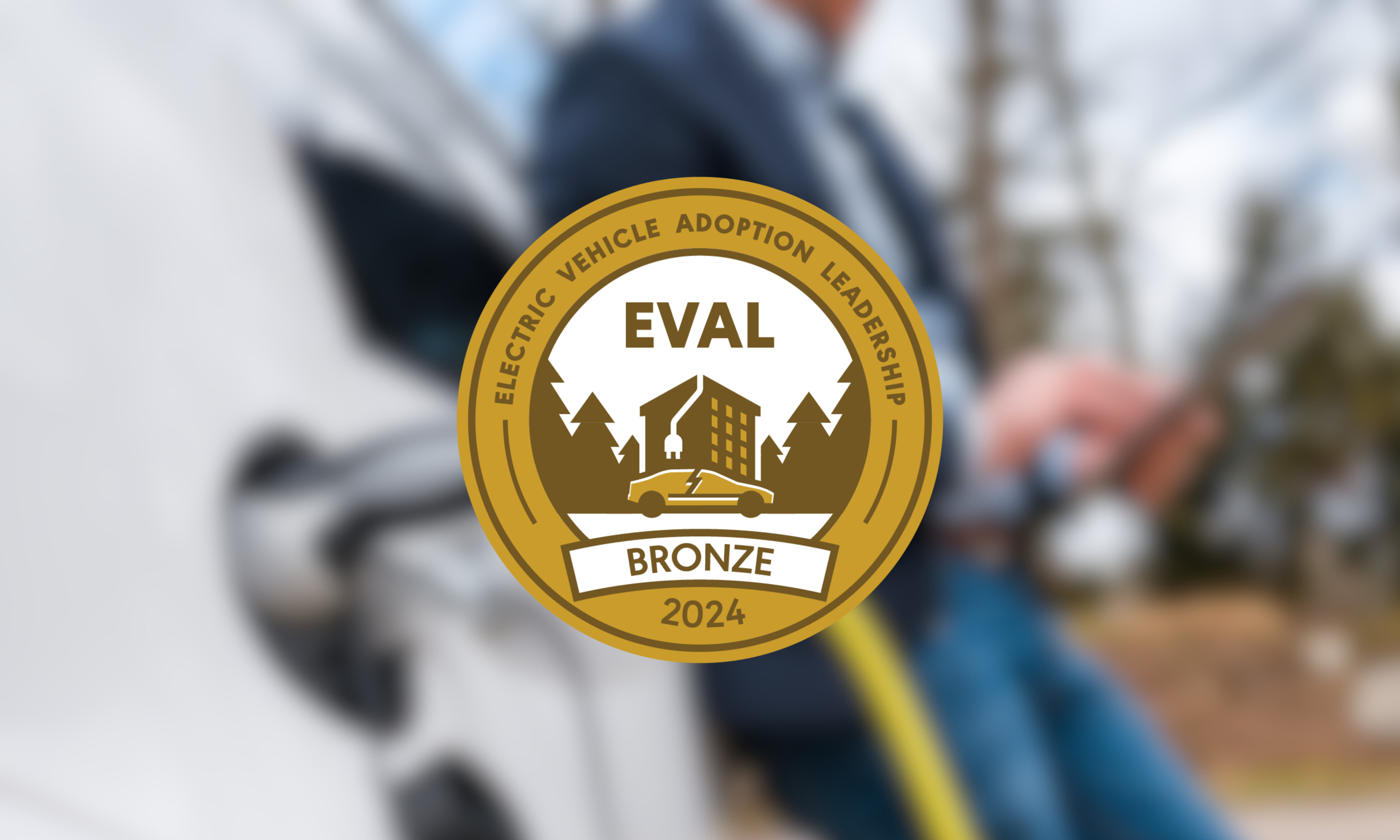Introduction
“…it is fair to suggest that falling gas prices will reduce demand for fuel-efficient, hybrid and electric vehicles”
-Alec Gutierrez, Kelley Blue Book
“…gas prices “certainly” have an effect on electric-drive cars.”
-Jessica Caldwell, Edmunds.com
The idea has been repeated often enough; rising gasoline prices cause drivers to turn to alternative fuel vehicles for relief; falling gas prices must then lead to less drivers buying electric cars. Seems logical. But does the data back this up? Plug In America decided to investigate.
To answer this question, we considered the period between December 2010, when the Chevy Volt and Nissan LEAF kicked off sales of the current crop of electric vehicles, and November 2014, which is the most recent month for which we have complete data. We examined average monthly U.S. retail gasoline prices (“U.S. All Grades All Formulations Retail Gasoline Prices (Dollars Per Gallon)” 2014). And we looked at U.S. sales of plug-in electric vehicles (PEV). These are original equipment manufacturer (OEM) vehicles that come stock with a connector to charge up the traction battery from grid power. This includes battery-electric vehicles (BEV) and all plug-in hybrids (PHEV) and extended-range vehicles (EREV/REEV). The PEV category does not include conventional hybrid-electric vehicles (HEV) like the Toyota Prius, but it does include the newer Toyota Prius PHV (“Sales Dashboard”).

Price of Gasoline

Sales of Plug-in Vehicles
Gasoline prices have fluctuated almost a dollar during this period. Very recently, they’ve dipped to new lows. But on average, the trend has been flat, because all the ups and downs cancel each other out.
The current generation of plug-in vehicles started selling in December 2010. As a product category, PEVs are still in their infancy. Sales have risen year after year. The trend is rising.
Typically, when economists want to explore whether two factors are linked, they use correlation. Following the data sometimes leads to counterintuitive results. For example, one might assume that the restaurant and consumer sectors would benefit from falling gas prices (due to lower shipping costs). But correlation actually indicates the opposite may be true.
Let’s see how two PEV subsectors correlate to gasoline prices.
Plug-In Hybrids

U.S. Price of Gasoline vs. Sales of PHEVs
Gasoline prices can be plotted against monthly PHEV sales. Prices during this period range from a low of $2.997 on the left to a high of $3.96 on the right. Monthly PHEV sales range from 125 at the bottom to 6,651 at the top. If lower gas prices meant lower sales, we would expect the points toward the left to be much lower than the points on the right. But that’s not what we see. Note that the blue best-fit line is almost flat. The correlation coefficient (r) is 0.11 and r2 is 0.01. That means that only 1% of the variation in PHEV sales is explained by changes in gasoline prices.
Battery-Electric Vehicles

U.S. Price of Gasoline vs. Sales of BEVs
In a similar way, we plotted gasoline prices against monthly BEV sales. There is a borderline weak, negative correlation between gasoline prices and battery-electric vehicles (r = -0.09).
So gasoline prices don’t correlate with sales of either PHEVs or BEVs. What about the combined PEV category?
Plug-In Vehicles (All Combined)

U.S. Price of Gasoline vs. Sales of PEVs
There is zero correlation between gas prices and PEV sales (r = 0.01, r2 = 0). This makes sense because the weak positive and weak negative correlations of PHEVs and BEVs cancel each other out. PEVs in general have been selling how they’re selling with apparently no regard for gasoline prices.

U.S. Price of Gasoline vs. Sales of All Autos
Does any vehicle sector correlate more strongly with gasoline prices?
There is a positive moderate correlation between gasoline prices and the larger automobile segment (r=0.44), especially imported cars (r=0.49). This superset includes the PEVs we’ve already looked at, but PEV sales numbers are dwarfed by the much larger sales of conventional fuel cars. As gas prices go up, people buy more autos (as opposed perhaps to trucks) and especially more foreign autos ( Auto & Truck Sales 2014).
When gasoline prices are rising, autos serve as an economical replacement for heavier trucks. Foreign cars may be more desirable because they are, on average, smaller and more fuel-efficient than their domestic counterparts. With falling gas prices, the opposite may be true: with sales of autos slowing and foreign cars being hit a little harder.
Conclusions
“Green cars: often hard to predict and assuredly never dull.”
-John Voelcker, Green Car Reports
Data from the period between December 2010 and November 2014 shows zero correlation between gasoline prices and plug-in vehicle sales. The data does not support the idea that falling gasoline prices have a negative effect on sales of plug-in vehicles. Plug-in vehicle sales appear to be independent of gasoline prices.
Given that analysts predict gasoline prices to continue falling, it would be worth revisiting this topic in six months.
Data
Gasoline price and PEV sales data
Thanks
Thanks to Erin Tator and Lili Peet for initial work on this concept, and the following for their help in reviewing and editing: Tom Saxton, Sofia Kelly, Kelli Kelly, Mike Kane, Marc Geller.
References
“Auto & Truck Sales.” 2014. Bureau of Economic Analysis. Nov. http://bea.gov/national/xls/gap_hist.xls.
“Sales Dashboard.” Electric Drive Transportation Association. http://electricdrive.org/index.php ht=d/sp/i/20952/pid/20952.
“U.S. All Grades All Formulations Retail Gasoline Prices (Dollars Per Gallon).” 2014. U.S. Energy Information Administration. Nov. http://www.eia.gov/dnav/pet/hist/LeafHandler.ashx n=PET&s=EMM_EPM0_PTE_NUS_DPG&f=M.

